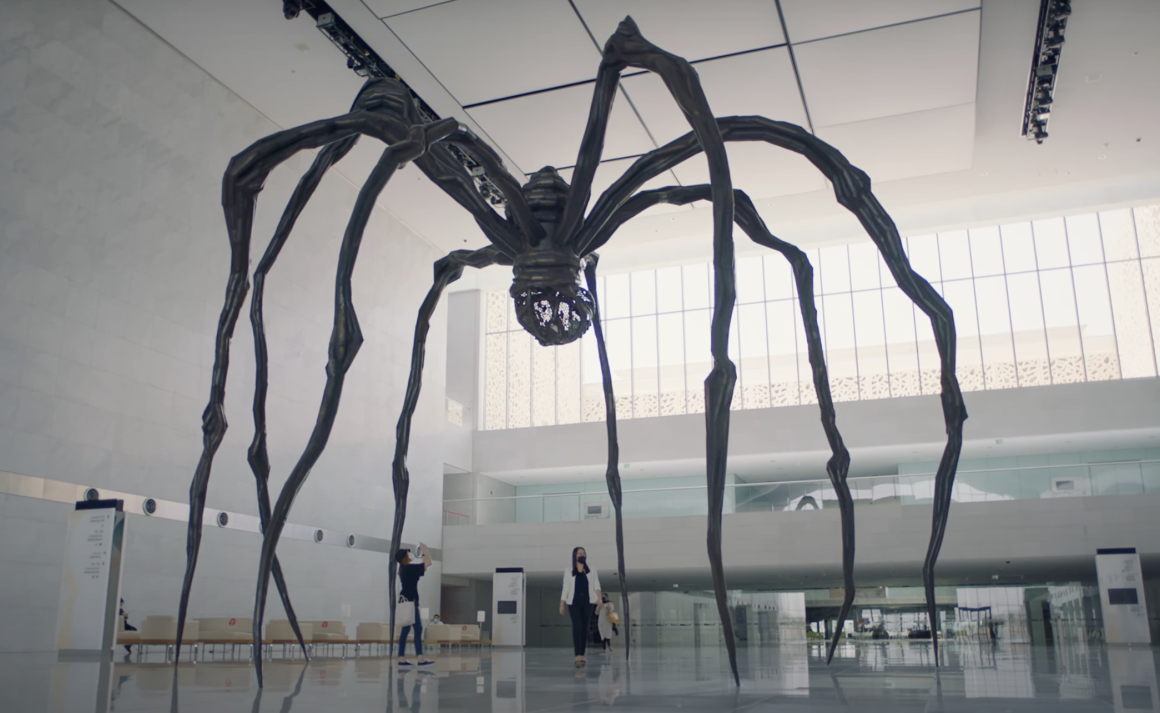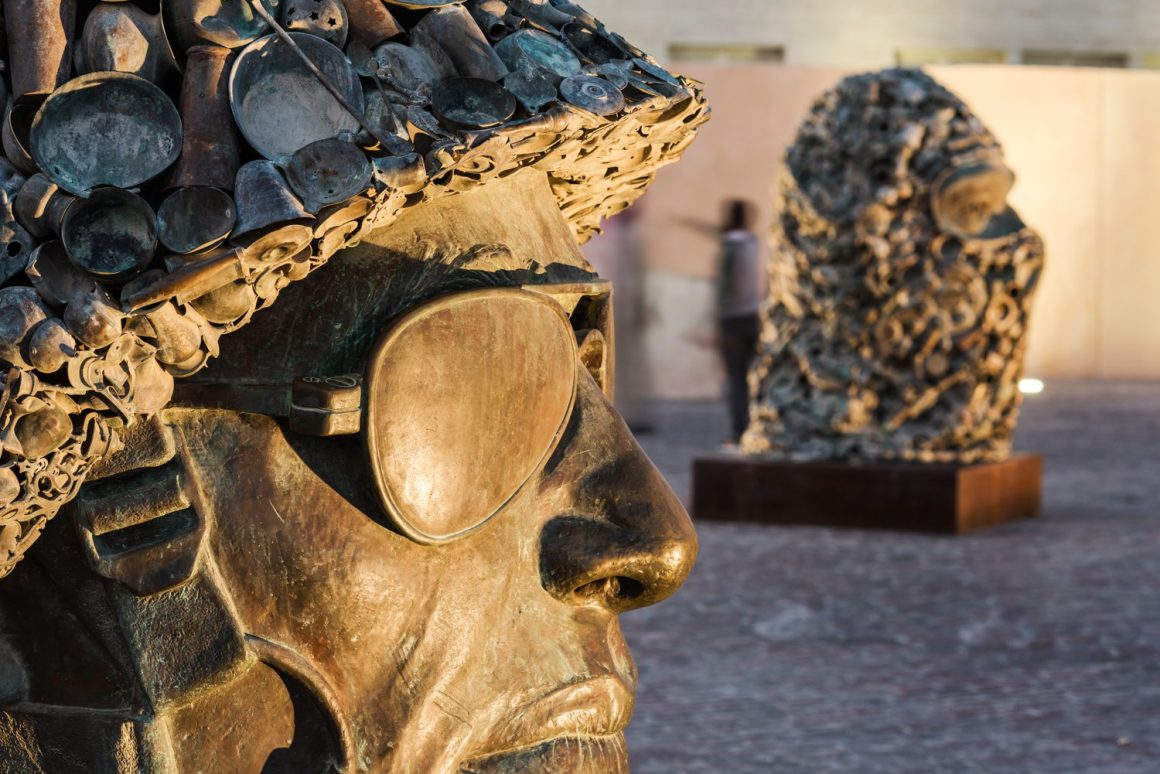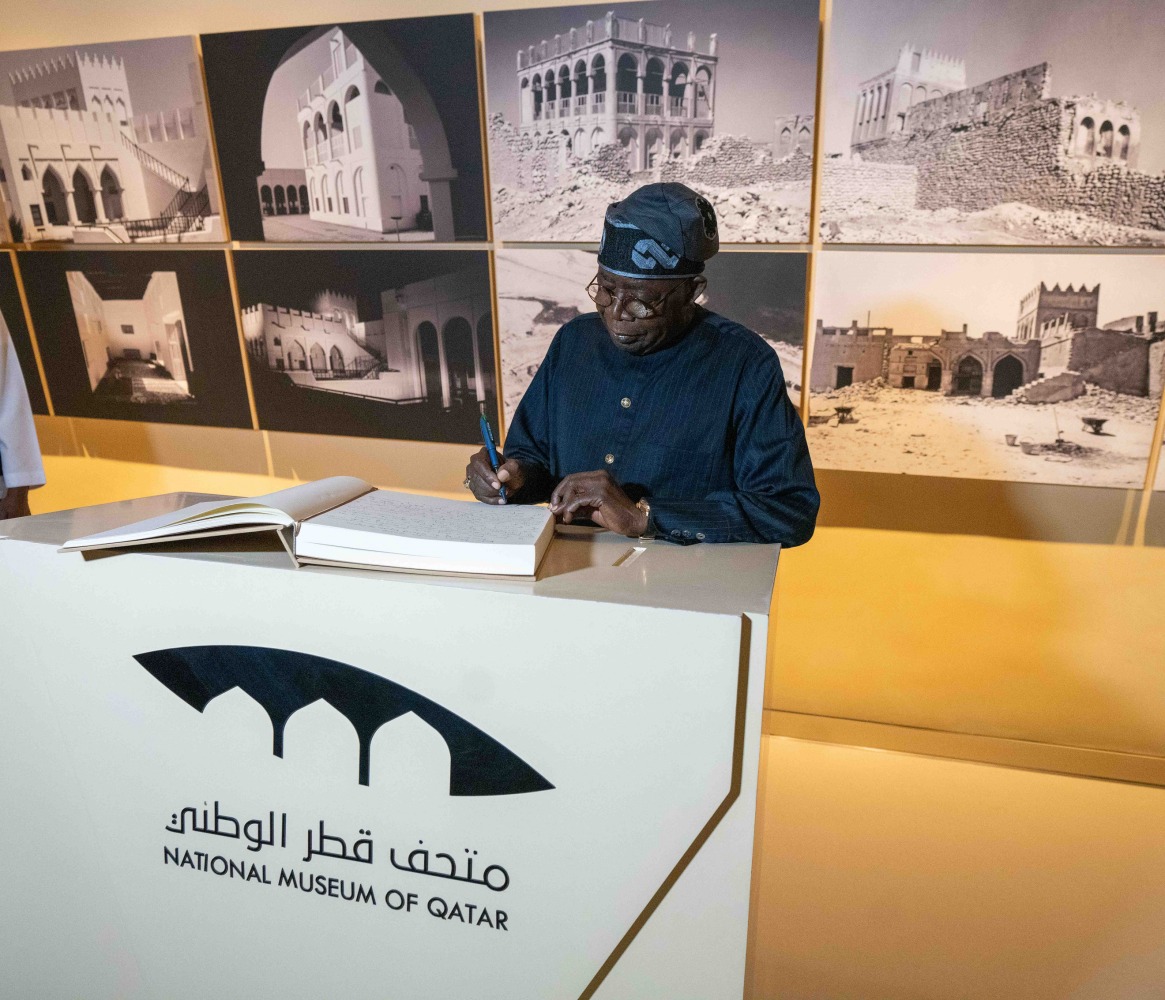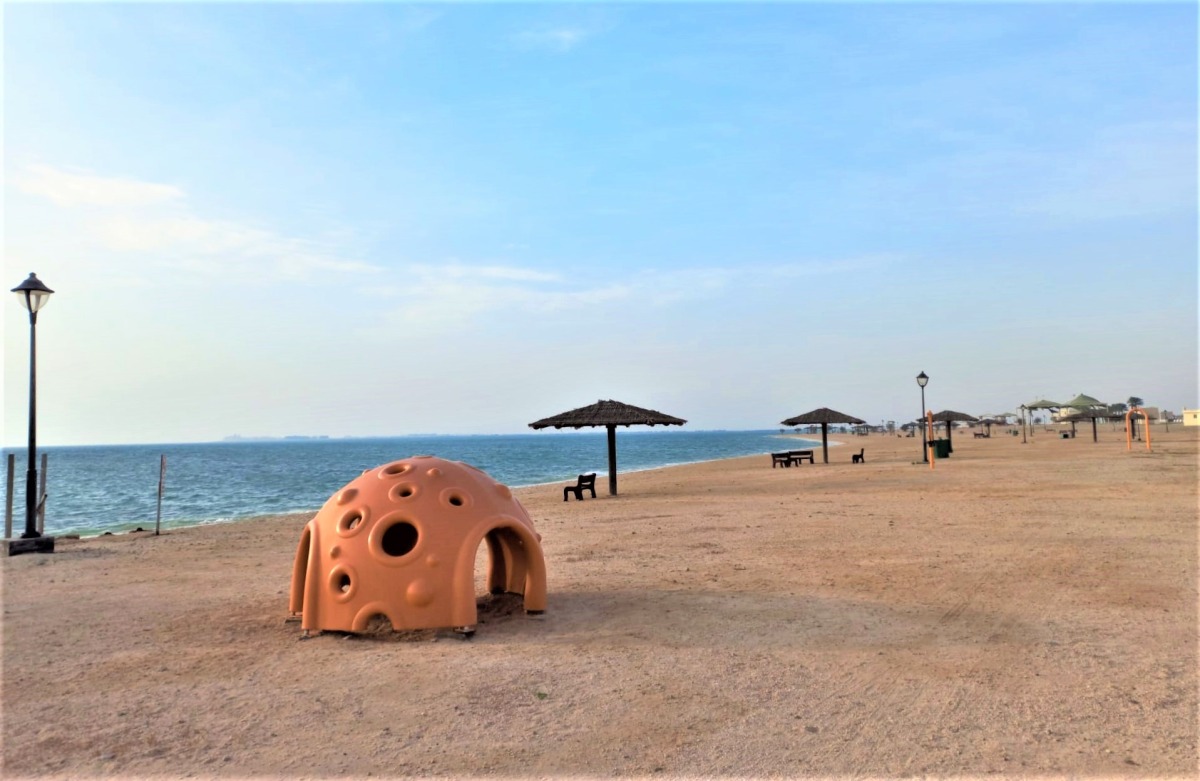For those with an eye for art, Qatar offers some of the most unique cultural experiences in the Middle East.
The country has a tradition of appreciating open access to fine art, and it is home to some of the most breathtaking public artworks ever created by well-known, thought-provoking artists like Richard Serra and Damien Hirst.
Due to the number of contemporary sculptures and statues throughout the country as well as the various monuments’ innovative designs, it has become a paradise for fans of modern art.
Here are just a few sculptures that both tourists and locals should not miss;
1. East-West/West-East, by Richard Serra

Since its installation in 2014, East-West/West-East has established itself as a well-known landmark in Qatar. Richard Serra, one of the most renown living sculptors, created the piece. In a 2013 poll conducted by Vanity Fair, he was ranked third greatest among all living artists.
East-West/West-East is more of a testament to Serra’s ability to conceptually manipulate space than any of his other works.
Four steel plates, each over fourteen metres high, make up the over kilometre-long, breath-taking sculpture in the Brouq nature reserve. Serra carefully enhanced the vast, empty space in the middle of the desert by analysing the topography of the land to ensure perfect alignment. The outcome is magnificent and, despite being modern, timeless.
While Serra exhibitions typically draw large crowds of visitors, East-West/West-East is situated an hour’s drive from Doha, in a remote area that is difficult to reach. There are no directions, maps, or roads leading there. Visitors can only rely on the GPS coordinates, which are N250 31.019’E050o51.948′.
The steel he used in this piece is the same as the steel used in other pieces, and it will rust in the same way, albeit more quickly as a result of the region’s hot and salty climate.
The four pillars’ colour will change from grey to orange to brown before turning dark amber, which is almost the same shade as the Seagram Building in Doha, according to the artist. The steel plates were craned into the desert after being brought in from Germany, offloaded, and transported.
2. The Miraculous Journey, by Damien Hirst

Damien Hirst created a series of 14 bronze sculptures called The Miraculous Journey, which was in the works between 2005 up until 2013, outside of Sidra Medicine in Doha.
The sculptures, which culminate in a 46-foot-tall sculpture of a baby boy, depict the growth of a human foetus inside the womb. “Everyone talks about our life’s journey, but we have a whole journey before you’re born”, said Hirst, who stated that his fascination with childbirth started after the birth of his own children.
The sculptures range in height from 5 to 11 metres and weigh 216 tonnes altogether. It is estimated that the piece cost $20 million.
The artwork was first presented in 2013, but it remained covered until November 2018 following an outcry on social media.
During her visit to Hirst’s studio in Gloucestershire, England, Sheikha Al-Mayassa bint Hamad Al-Thani was shown drawings of prenatal development that Hirst had created in 2005. Sheikha Al Mayassa had the idea of placing them in front of the Sidra Medical Center, and Hirst had meant for them to be huge sculptures.
“To have something like this is less daring than having a lot of nudity. There is a verse in the Quran about the miracle of birth. It is not against our culture or our religion,” Sheikha Al Mayyasa told New York Times in 2013.
3. The Force of Nature II, by Lorenzo Quinn

The waterfront Katara Amphitheatre is home to The Force of Nature II. Lorenzo Quinn created the massive bronze sculpture, which also has sister installations in London, New York, and Shanghai. Mother Nature is portrayed as a woman who is spinning the earth in circles.
The woman, who is presumably Mother Nature, is forcibly swept by a gust of wind making her clothes and hair behind her fly. Each installation emits a strong sense of motion and accomplishes a remarkable balancing act between the Earthly sphere and its navigator.
Italian sculptor Lorenzo Quinn started work on the series of sculptures began after seeing the devastation caused by hurricanes in Thailand, the Southern United States, and elsewhere.
The sculptures, which are made of bronze, stainless steel, and aluminium and are vibrant and animated, show mother nature hurling the earth around in circles. The ferocious image is intended to serve as a reminder of the strength of nature and what Quinn calls our “false sense of security” toward it.
4. Gandhi’s Three Monkeys, by Subodh Gupta

Gandhi’s Three Monkeys by Subodh Gupta stands out among the bustling Katara cultural village in Doha. The three-part sculpture consists of three heads, one wearing a gas mask, one a soldier, and the other a terrorist hood, and it tackles the difficult themes of war and peace.
Each piece is made up of glass bowls, used pails, traditional Indian lunchboxes, and kitchen utensils. Together, they bring to mind Gandhi’s well-known metaphor involving the three wise monkeys, who stand for the proverb “see no evil, hear no evil, speak no evil”.
The mediums used in Gupta’s work include painting, sculpture, photography, video, and performance.
He frequently incorporates recognisable symbols of Indian culture into his work, including bicycles, scooters, domestic kitchenware, and taxis. He elevates them from being a common object to a priceless work of art by removing them from their original setting.
5. Maman by Louise Bourgeois

The National Convention Centre in Qatar is the unexpected location of this enormous spider sculpture, which only serves to heighten its impact. Visitors are given the opportunity to experience breathtaking art in a normal setting, which halts them in their tracks.
The delicate act of a protective mother carrying her eggs is captured by Bourgeois. She ponders what motherhood entails and makes references to the resilience of her own mother, who she lost when she was twenty-one.
The comparisons between spinning and weaving are striking because her mother repaired tapestries in her father’s textile business. People are drawn in by the sculpture because it triggers memories of their own about the beginnings of life.
“The spider is an ode to my mother. She was my best friend. Like a spider, my mother was a weaver. Spiders are friendly presences that are helpful and protective, just like my mother,” said the artist.
Which one of these sculptures do you plan on visiting?












Leave a Reply